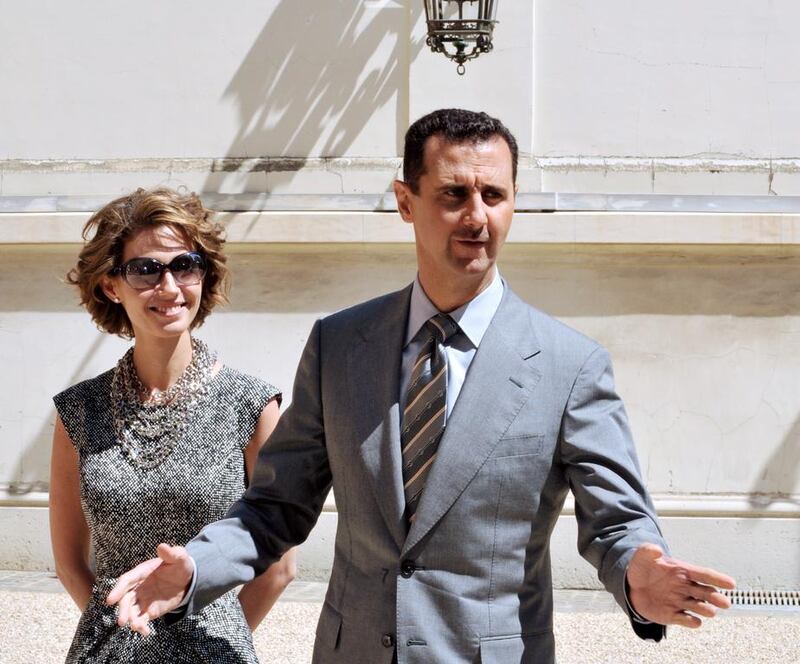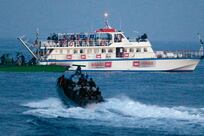Not long before the Riyadh-Tehran diplomatic row that followed the execution of Saudi Shia cleric Nimr Al Nimr, a showdown between the two countries unfolded in New York. While it is difficult to draw a direct correlation between the two events, the incident can help us understand the depth of the continuing crisis.
On December 18, heated debate ensued between representatives of the two countries at a meeting in New York over the listing of armed groups operating in Syria for possible determination as terrorist organisations. The list, which Jordan was asked to develop, would name extremist groups that must be defeated as part of the UN-sponsored political process for Syria.
A month earlier in Vienna, Saudi Arabia had insisted on including in the list foreign Shia militias fighting on the side of president Bashar Al Assad. Riyadh argued that all foreign fighters must leave Syria, regardless of which side they supported. In New York, Iran, joined by Russia, strongly objected to the demand and the standoff caused a deeper rift between the two countries.
For now, the designation of terror groups in Syria has been referred to a committee comprising several European and regional countries. They first determined indicators and criteria of what constitutes a terrorist organisation, then named armed groups currently fighting in Syria. There is a preliminary list of more than 160 Sunni and Shia organisations.
Iran categorically rejects including any Shia groups in the list. For Tehran, the fate of the Assad regime it supports is critically tied to the presence of those Shia militias. It is a fact that adds to the many issues that compound the conflict in Syria – issues that the international community would seemingly rather sweep under the carpet instead of deal with head on.
The Syrian regime controls about 30 per cent of the country, though it probably controls over 50 per cent of the population. According to the defence think tank IHS Jane’s, the regime lost 16 per cent of its territory over the past year. These figures are particularly damning if one considers that foreign Shia militias were on the front line of key battles against the rebels – in the Qalamoun region, Aleppo and central and western Syria – over this period.
The growing role of these militias last year came as the Syrian army showed signs of internal weakening, something that Mr Al Assad has admitted. During his most recent speech, almost exactly a month before the Russian intervention in September, the president said that the army lacked “manpower”. Also last year, paramilitary fighters with the National Defence Forces (NDF) began to focus on their local areas rather than deploy in the front lines elsewhere – a task that foreign fighters took on.
Youssef Sadaki, a Syrian researcher who closely focuses on Shia militias, says those foreign fighters acted as the main strikers in battles outside the regime’s heartlands, while the NDF fighters defended their areas or secured and held newly-captured areas.
According to Mr Sadaki, foreign militias lead the regime’s battles in southern Aleppo, and the front lines between Idlib, Aleppo, Latakia, Homs and Hama. Hizbollah has spearheaded key battles in southern Syria near the Lebanese borders, while other militias guard the front lines in Damascus and fought in Deraa.
Phillip Smyth, a close observer of Shia militancy, says that most of the regime’s offensives over the past two years were led by foreign forces, including in areas where the regime’s elite units operate, such as in Damascus.
“When we look at Aleppo, the entire offensive there was spearheaded and planned by the Iranians, it was their Shia militia proxy forces which showcased the entire campaign,” said Mr Smyth, from the University of Maryland. “It’s quite clear that they are a – if not the main – fighting force in many areas.”
Last month on these pages, I highlighted that while Iran and Russia might in theory be willing to accept the removal of Mr Al Assad, there are practical reasons why they would not do that, because consequences are unpredictable and the result is not guaranteed.
For the rebels, no peace is possible while Mr Al Assad is in power, so his future complicates the peace talks. So does the presence of Shia militias in Syria.
Reliance on these foreign forces means that their departure will have to follow the consolidation of the government’s military control over the country. They operate in critical areas and the regime’s army or NDF do not appear to be prepared to take their place.
The presence of Shia militias is important for the regime and for its backer in Tehran. Many of these militias are also key Iranian proxies in Iraq, with recent reports suggesting that Iran has diverted them to Syria to assist in the wake of the Russian intervention in Syria. So the issue has also a regional dimension that cannot be ignored.
Iran finds itself in a situation where it seeks to save the regime in Syria through the help of religious zealots, while pushing for the designation as terrorists of Sunni extremists fighting on the side of the opposition.
In western capitals, strangely, that seems to be a reasonable position. For the opposition and regional backers such as Saudi Arabia, that is double dealing that further complicates the already-complex conflict in Syria.
Hassan Hassan is associate fellow at Chatham House's Middle East and South Africa programme, a non-resident fellow at the Tahrir Institute for Middle East Policy and co-author of ISIS: Inside the Army of Terror
On Twitter: @hxhassan





